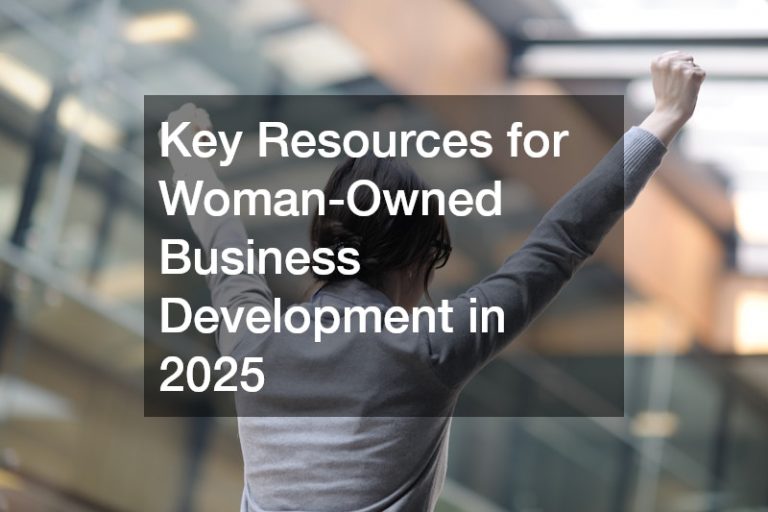

In many ways, our technological systems have become dependent on circuit boards. Printed circuit boards have long been a part of this revolution, and are the centerpieces of many different electronic components. Yet it can be easy to overlook circuit boards, or for that matter how they are prototyped and developed. Printed circuit boards are electronic units made up of thin strips of conductive materials like copper, laid against the flat insulating sheet that acts as the board. Components will then be soldered on in one way or another to the printed circuit board. Few understand what goes into prototype PCB fabrication. Without prototype PCB fabrication, we would be incapable of understanding whether or not a printed circuit board could do the task required of it. Consider prototype PCB fabrication a “dry run” before we move on to handling more serious aspects of how a printed circuit board will work. Below, we’ll look into how prototype PCBs are fabricated, and why this process is so delicate. Once a person knows how to fabricate a PCB, they are able to handle the practical aspects of technological design far better than they did before.
Prototype PCB Fabrication: The Basics
There are some very basic elements that go into fabricating a PCB. First, you need to understand the type of circuit assemblies associated with the circuit board. Two types include the IC — otherwise known as an integrated circuit or microchip — and the hybrid circuit. A hybrid circuit involves bonding semiconductor devices and passive devices to a printed circuit board and getting the desired results. An integrated circuit, on the other hand, is a semiconductor “wafer” that thousands or even millions of little transistors resistors, and capacitors fabricated on it. Of course, in both cases, no matter what circuit assembly is being used, it’s important to consider the substrate upon which the PCB is being produced. The primary insulating substrate upon which rigid PCBs are produced is FR-4 glass epoxy. This involves a thin layer of copper foil being laminated onto one or both sides of a FR-4 panel. Etched into these copper panels are circuitory interconnections that ultimately produce the PCB. More complex PCBS are made over multiple layers of copper. Laminates are typically manufactured by curing under pressure and temperature layers of paper or resin. This forms an integral final piece of uniform thickness. The size of a laminate can be tiny, or go up to four feet by eight feet.
Making Legends And Attaching Components: Techniques
A PCB’s legend is an important component of the finished product. The legend contains component designators, switch settings, test points, and more that help with assembling and using the circuit board. There are three techniques used to print legends, and these include silk screening, liquid photo imaging, and ink jet printing. When it comes to attaching components to PCBs, there are also a few different soldering techniques in use. High volume productions usually involve the use of an SMT placement machine and bulk wave soldering and reflow buttons. A very skilled technician, however, should be able to solder a very tiny part to a PCB with no major issue.
As you can see, the techniques you choose in this process very much depend on your desired results and skill level. If you feel you can attempt a more complicated prototype, don’t hesitate to try. You could be capable of more than you would think.



